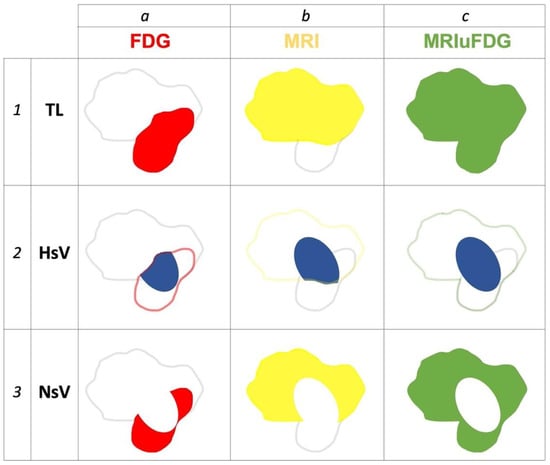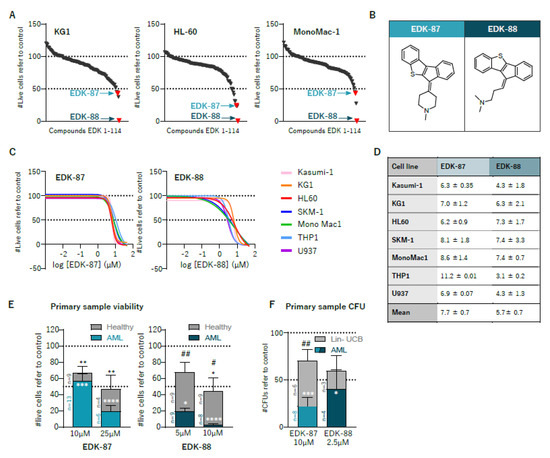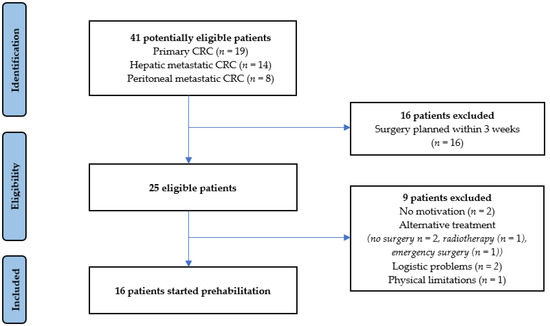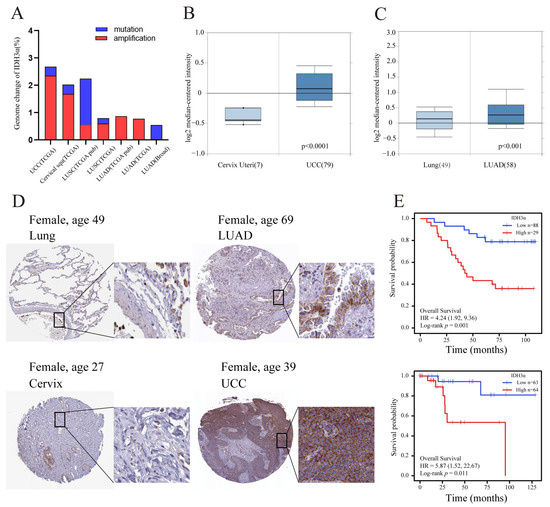Cancers 2023, 15(6), 1918; https://doi.org/10.3390/cancers15061918 - 22 Mar 2023
Cited by 3 | Viewed by 2778
Abstract
Intratumoral hypoxia is associated with a poor prognosis and poor response to treatment in head and neck cancers. Its identification would allow for increasing the radiation dose to hypoxic tumor subvolumes. 18F-FMISO PET imaging is the gold standard; however, quantitative multiparametric MRI could
[...] Read more.
Intratumoral hypoxia is associated with a poor prognosis and poor response to treatment in head and neck cancers. Its identification would allow for increasing the radiation dose to hypoxic tumor subvolumes. 18F-FMISO PET imaging is the gold standard; however, quantitative multiparametric MRI could show the presence of intratumoral hypoxia. Thus, 16 patients were prospectively included and underwent 18F-FDG PET/CT, 18F-FMISO PET/CT, and multiparametric quantitative MRI (DCE, diffusion and relaxometry T1 and T2 techniques) in the same position before treatment. PET and MRI sub-volumes were segmented and classified as hypoxic or non-hypoxic volumes to compare quantitative MRI parameters between normoxic and hypoxic volumes. In total, 13 patients had hypoxic lesions. The Dice, Jaccard, and overlap fraction similarity indices were 0.43, 0.28, and 0.71, respectively, between the FDG PET and MRI-measured lesion volumes, showing that the FDG PET tumor volume is partially contained within the MRI tumor volume. The results showed significant differences in the parameters of SUV in FDG and FMISO PET between patients with and without measurable hypoxic lesions. The quantitative MRI parameters of ADC, T1 max mapping and T2 max mapping were different between hypoxic and normoxic subvolumes. Quantitative MRI, based on free water diffusion and T1 and T2 mapping, seems to be able to identify intra-tumoral hypoxic sub-volumes for additional radiotherapy doses.
Full article
(This article belongs to the Collection Imaging Biomarker in Oncology)
►
Show Figures














